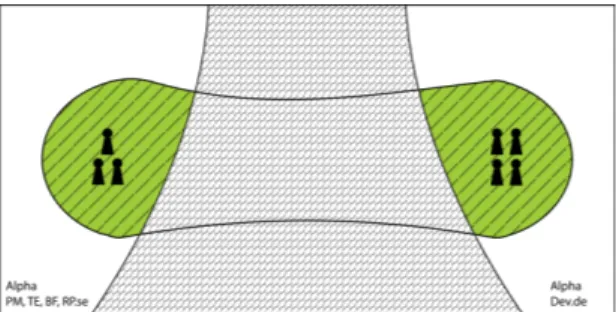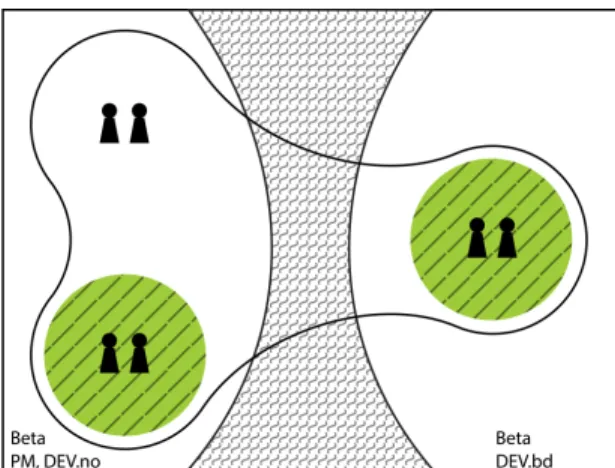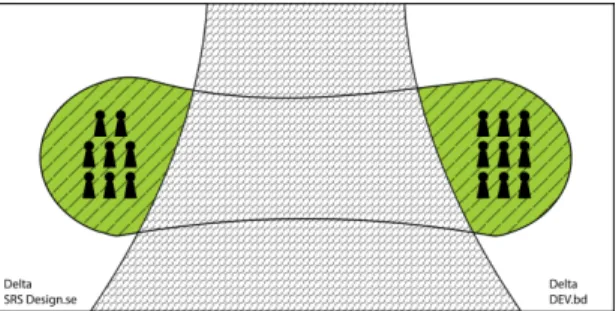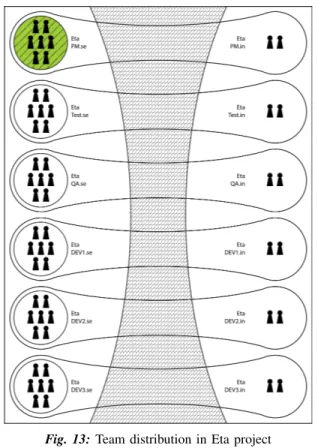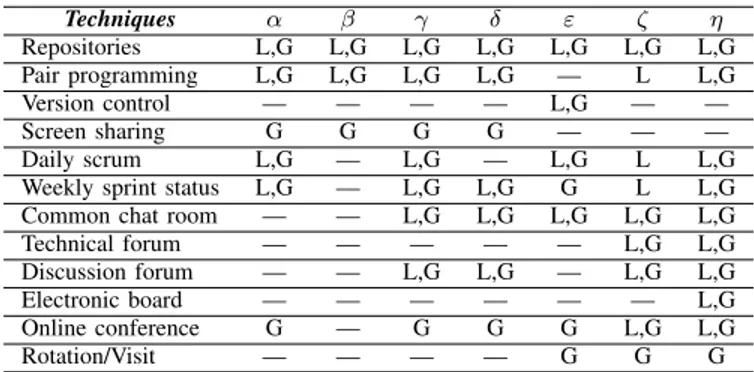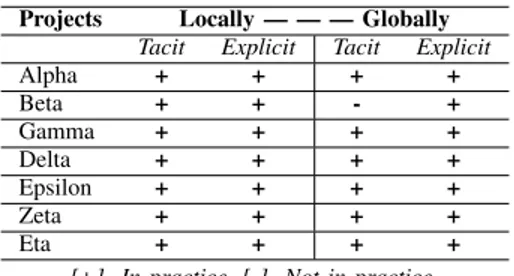Knowledge Management in Distributed Agile Projects
Full text
Figure
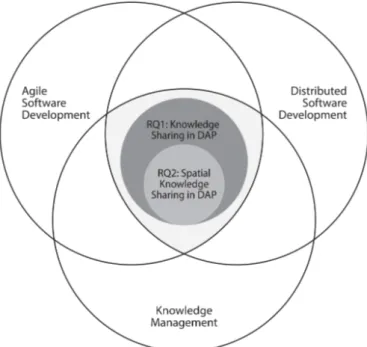
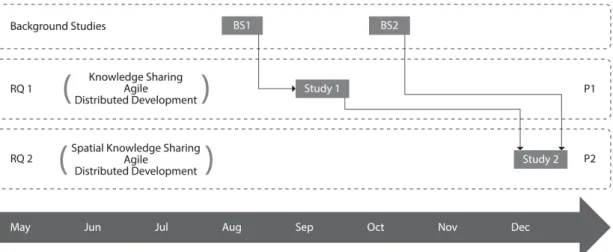

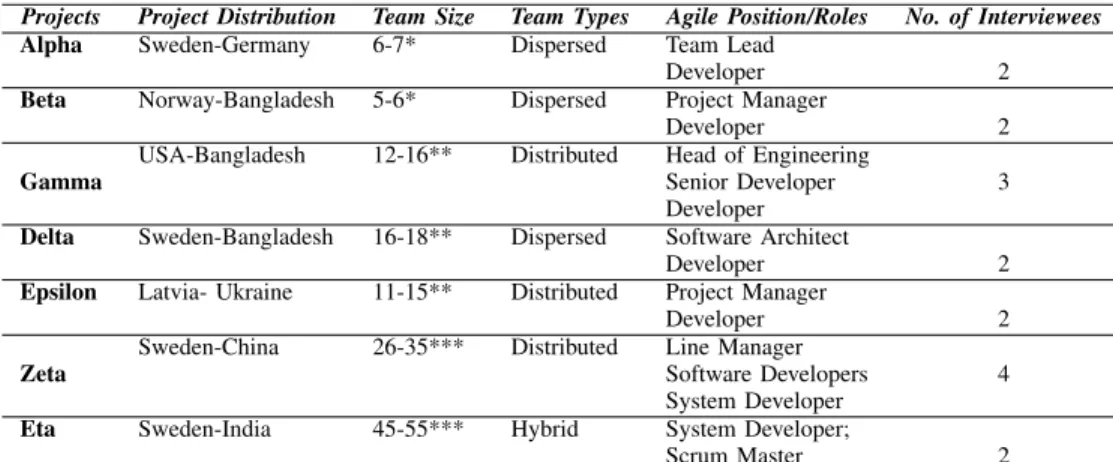
Related documents
[r]
He found that most of the engineering group processes (“ENG” in A-SPICE [4]) are carried out on project-specific tasks in the sprints by the team, based on their
Use of DSD Agile Risk Management Framework is dependent on the rules of the company in which it is to be used and also on the experience of project manager using DSD framework. To
Organizational Management Processes for SAM deal with the control environments for SAM, which establish and maintain the management system within the
This paper reports the findings of a case study conducted at Ericsson AB, Sweden on the challenges associated with technical dependencies, and communicating technical
x Explore the key process areas and practices of knowledge management in the knowledge management maturity models. x Identify the views of practitioners on knowledge
Georgetown (TX): Katy Crossing Press. Preparing Students for Industrial Team Work: A Seasoned Software Engineering Curriculum.. Knowledge Management in Software
Based on the analysis and discussion of the literature review and practical study of the company members, it was found that the problems in DSD were due to lack of knowledge
